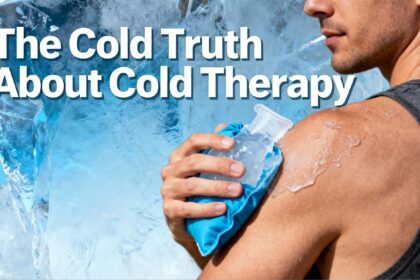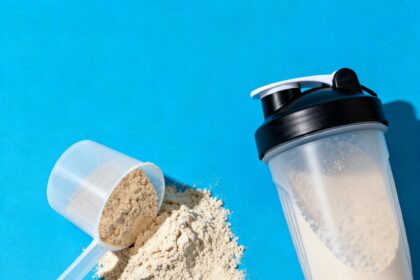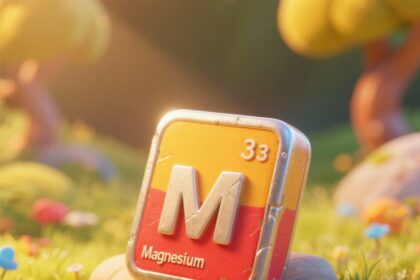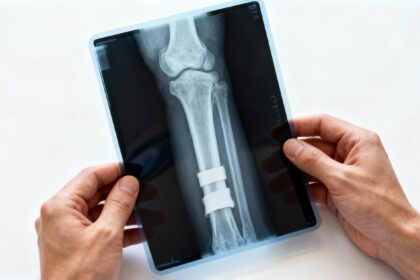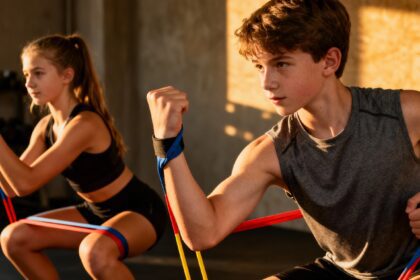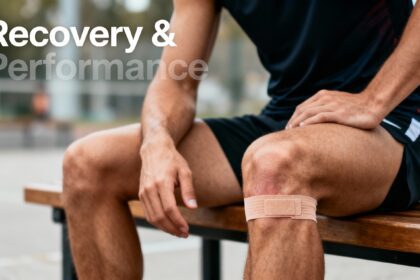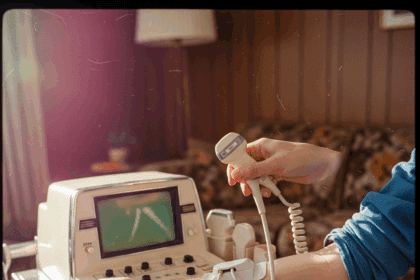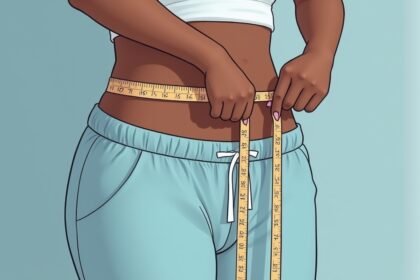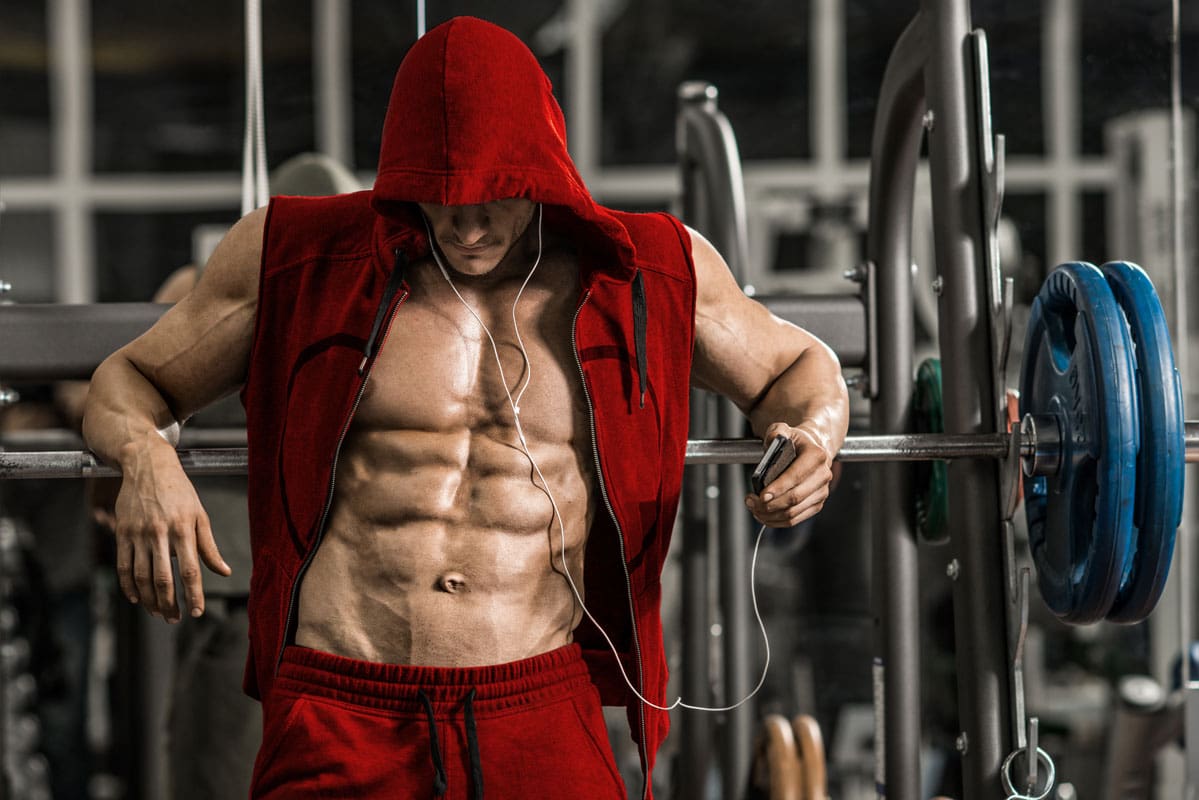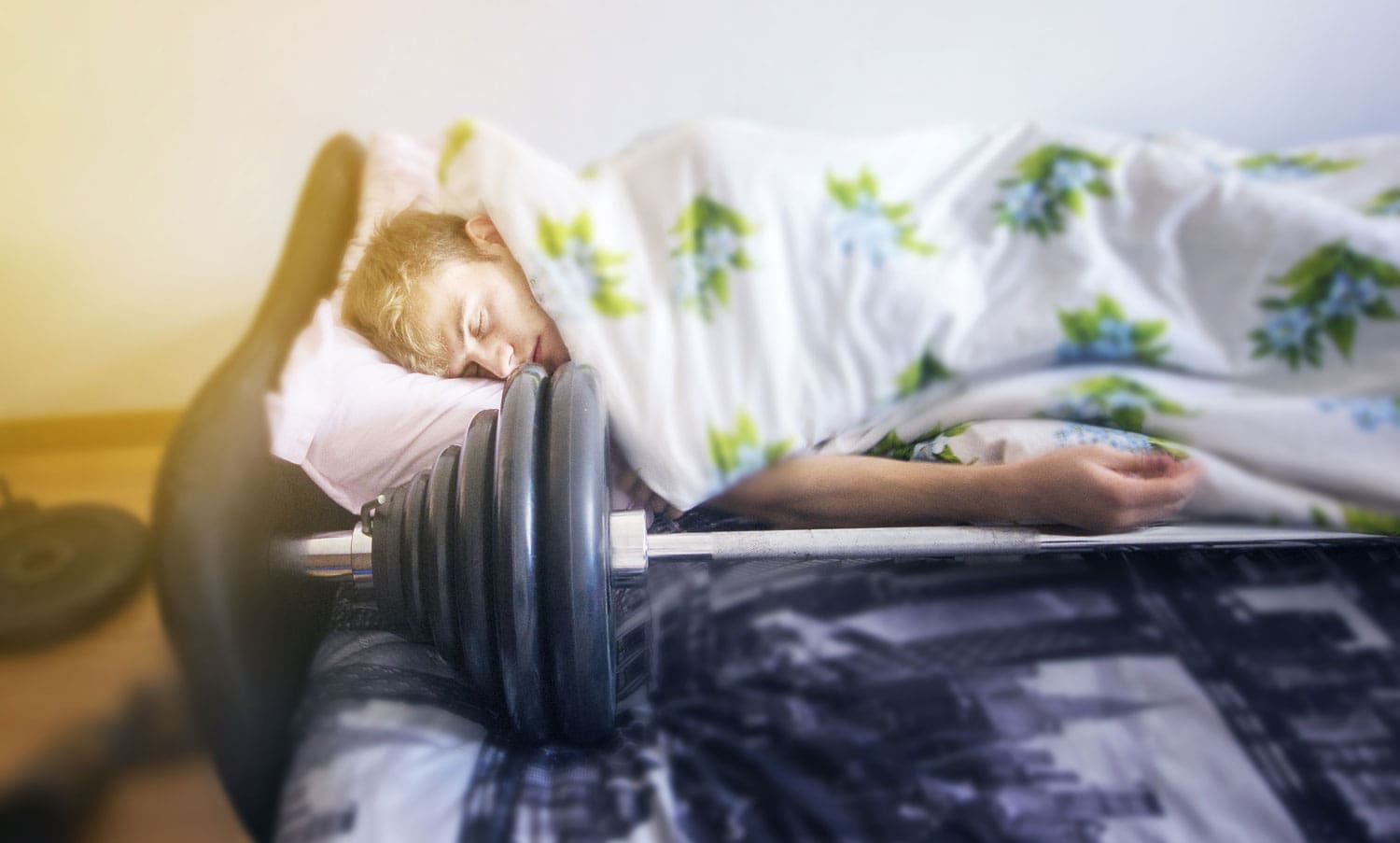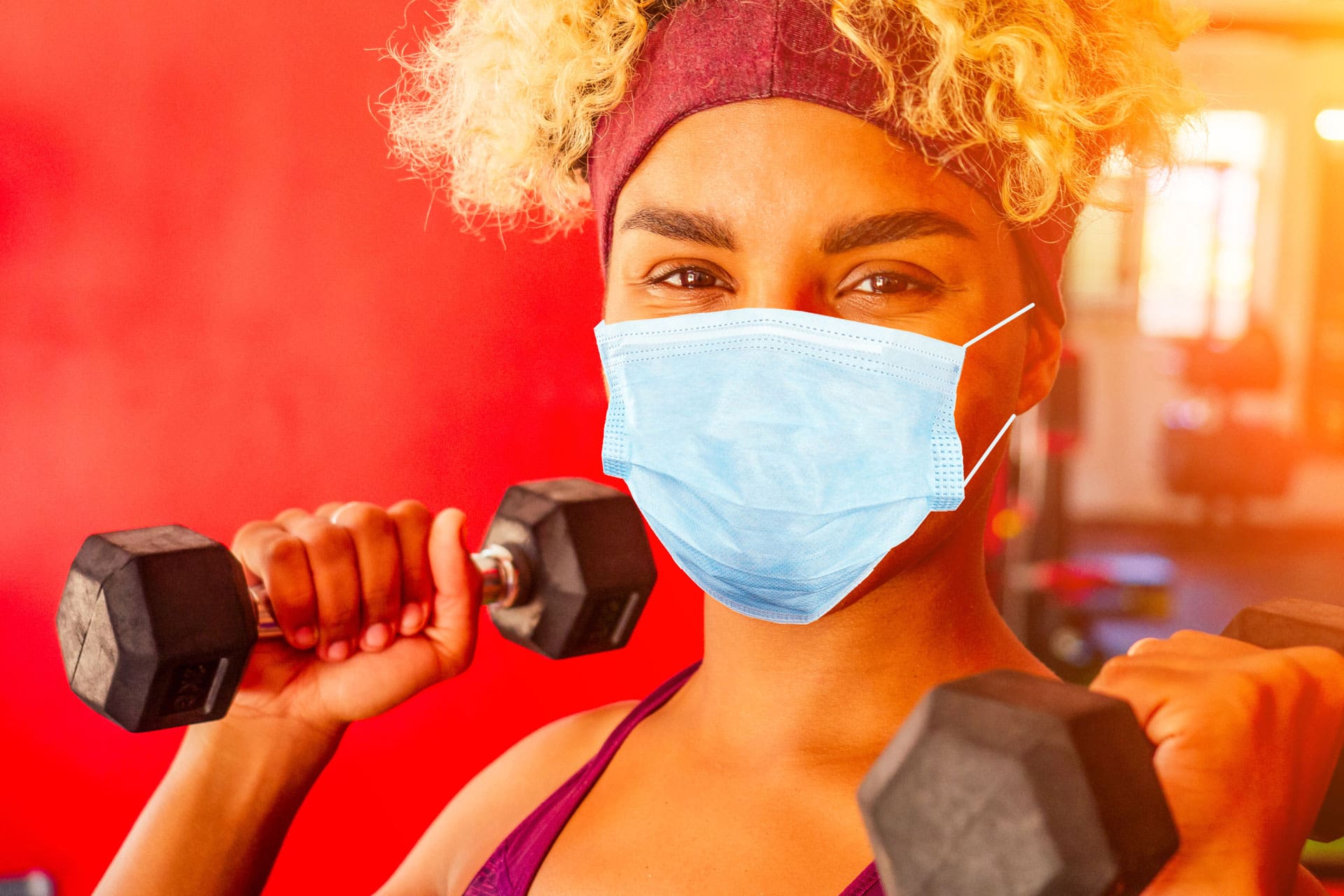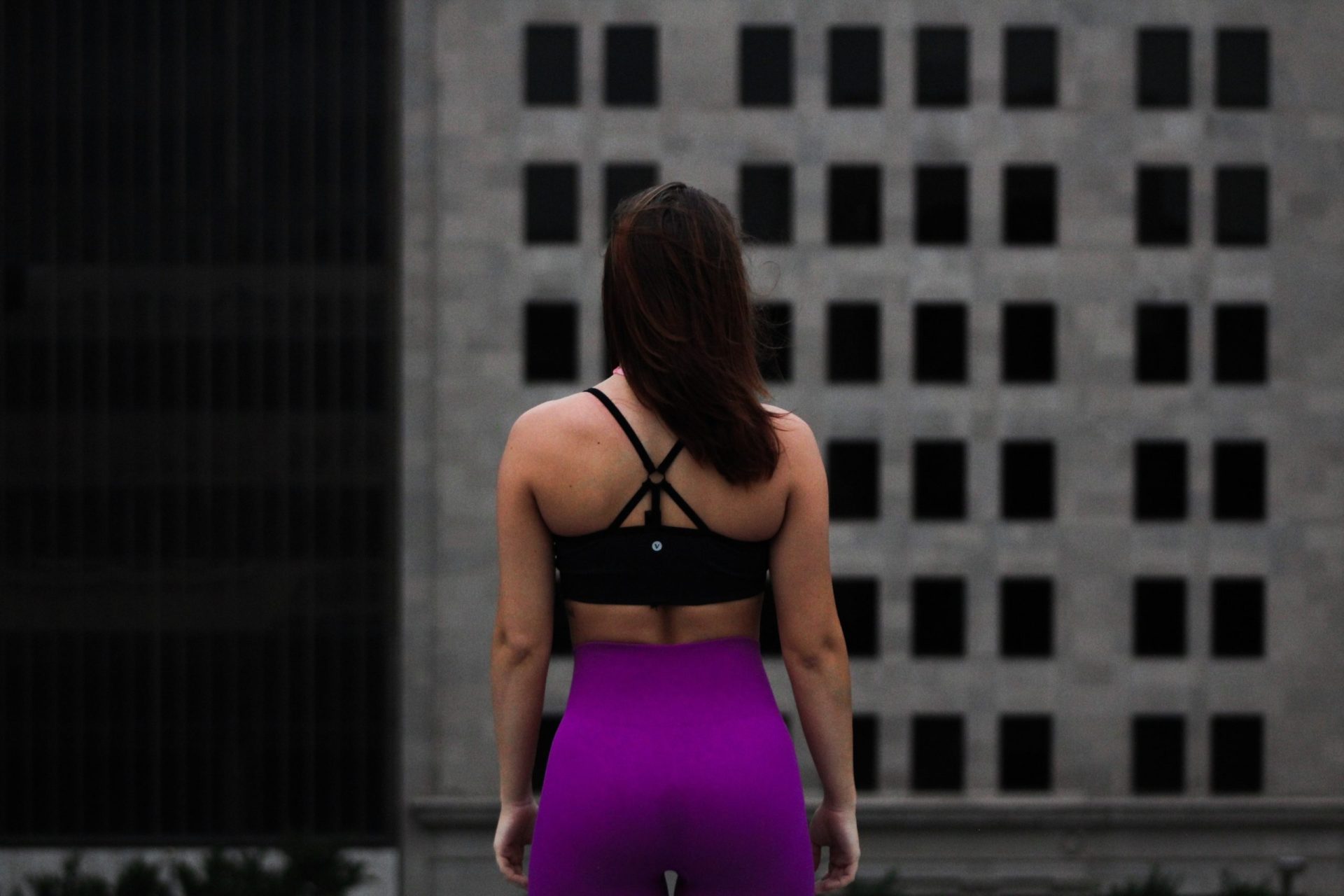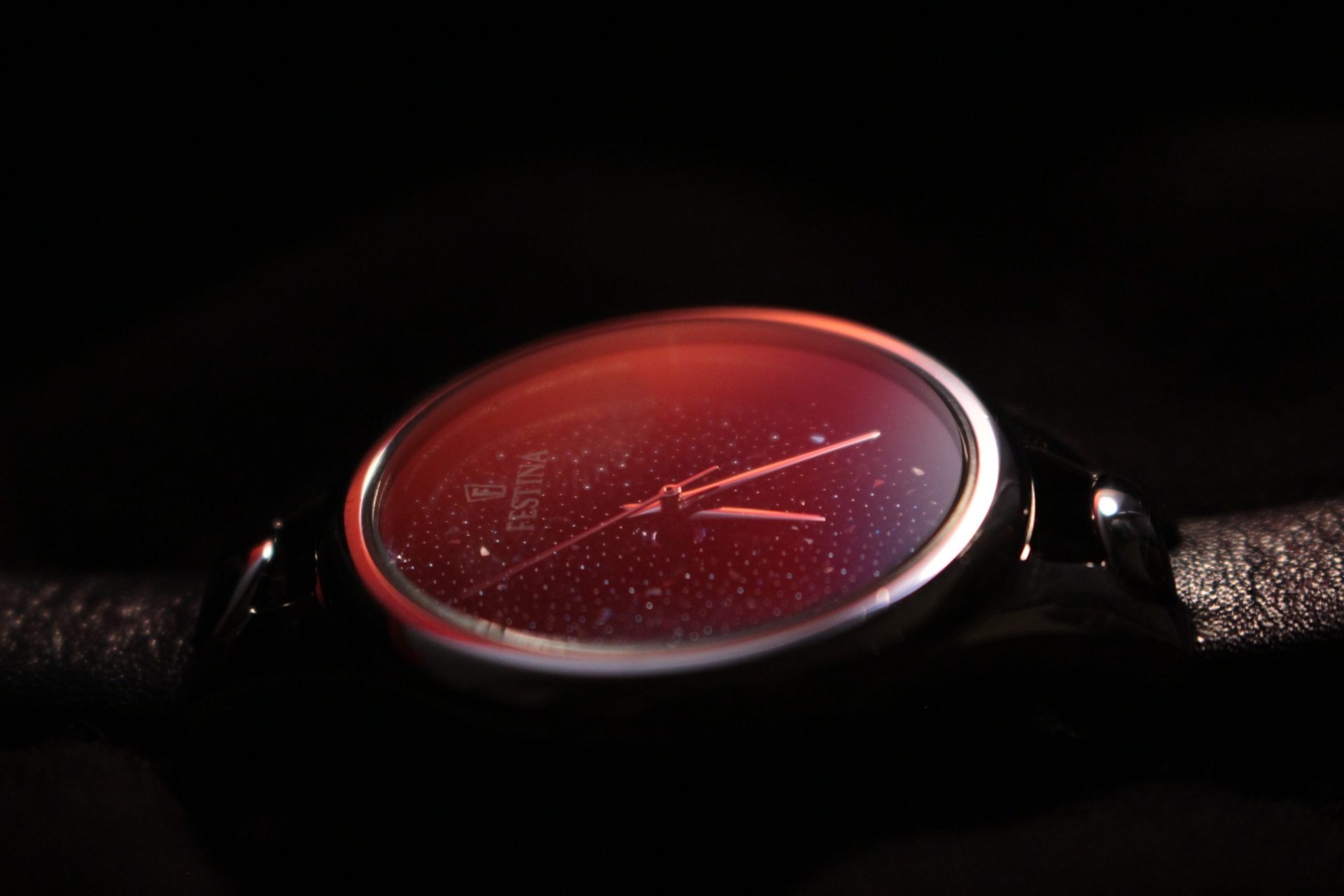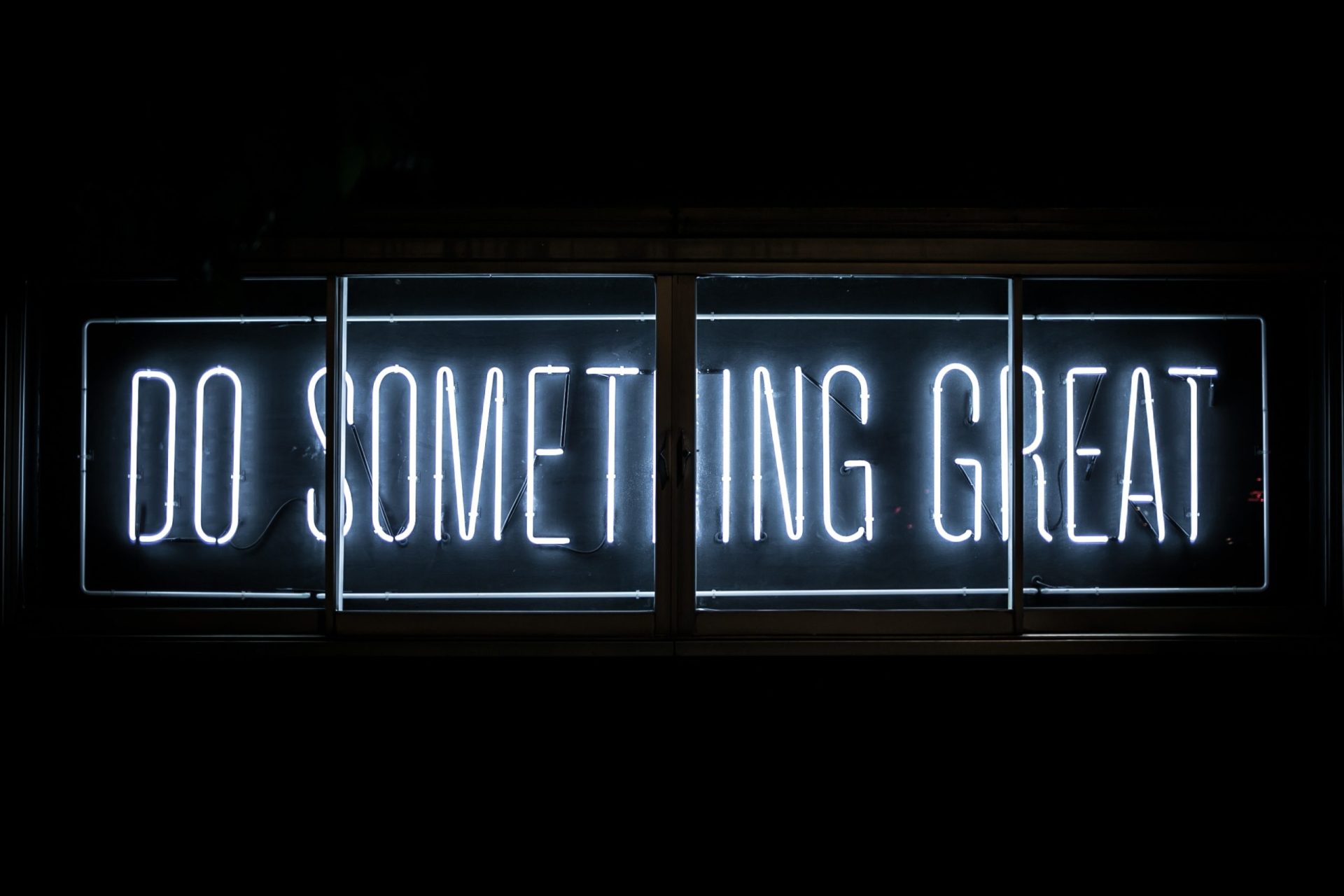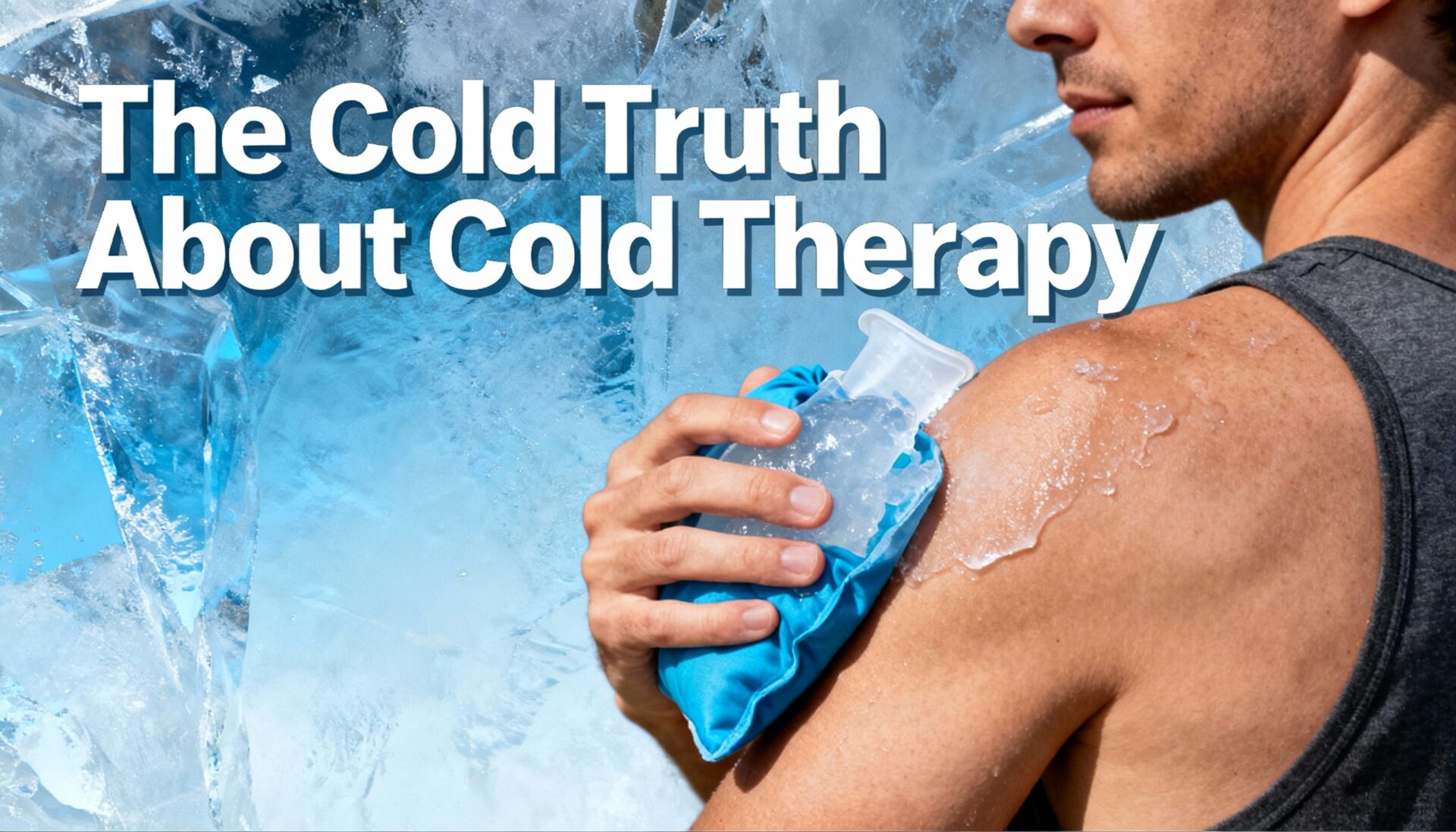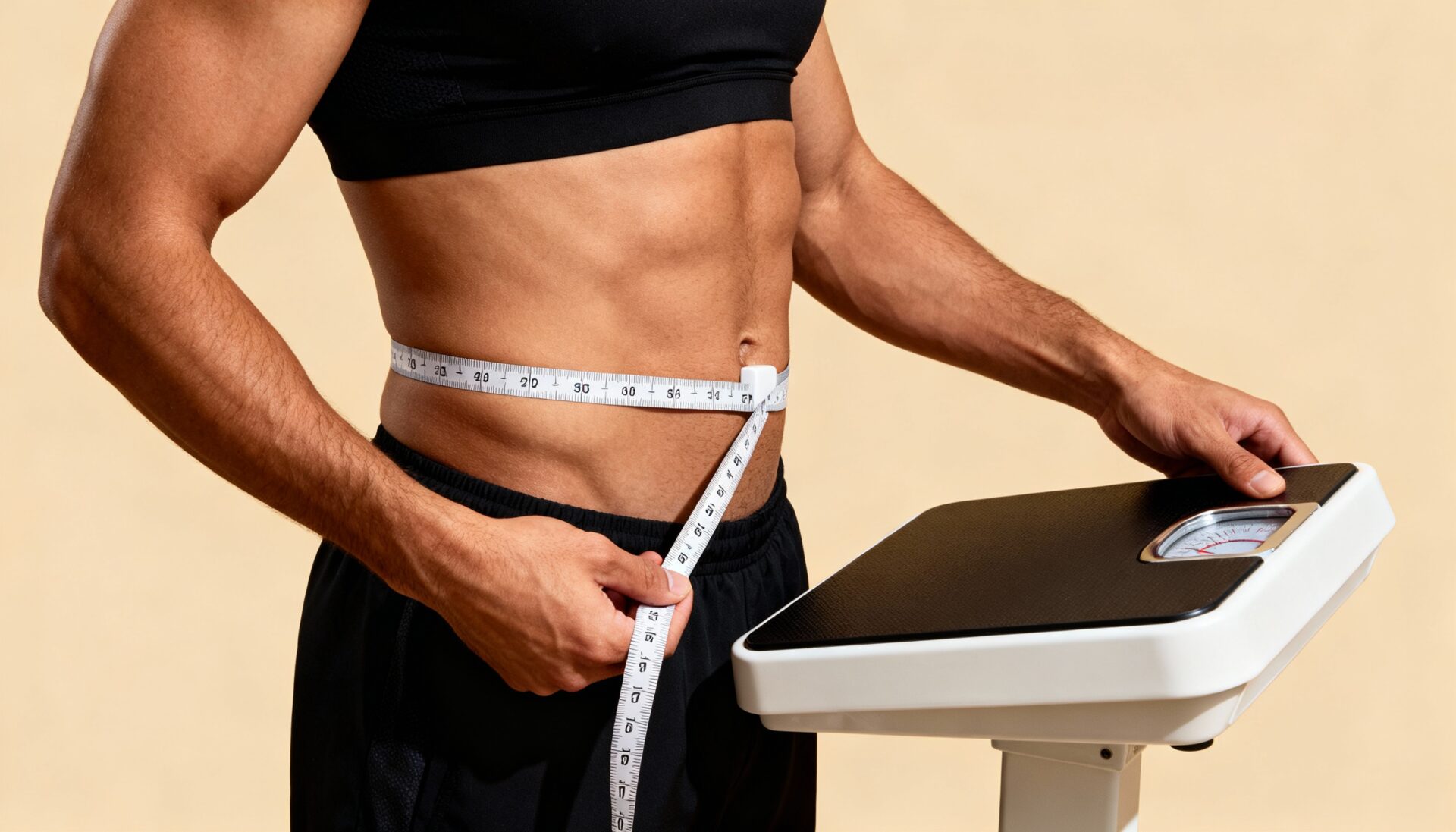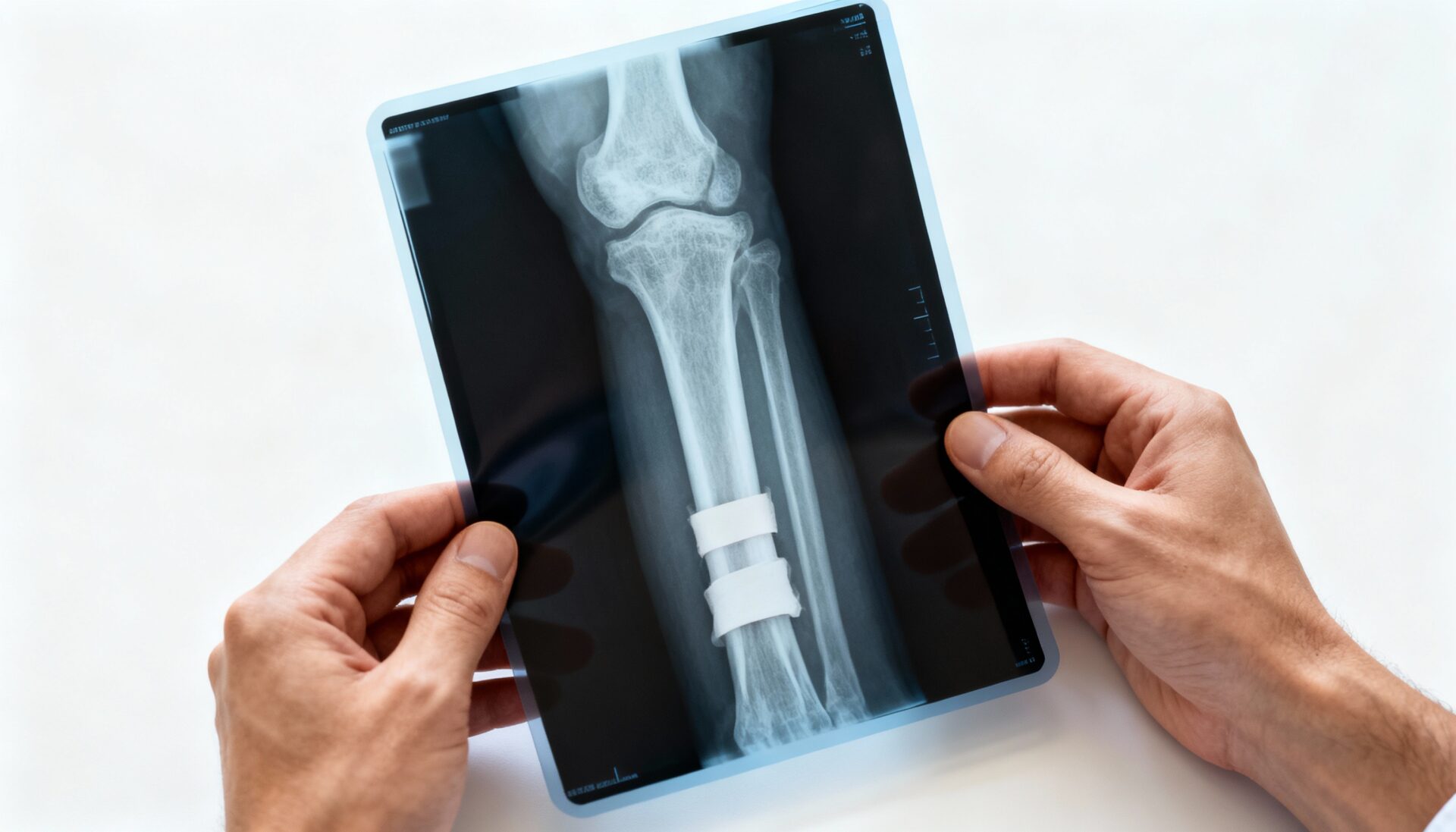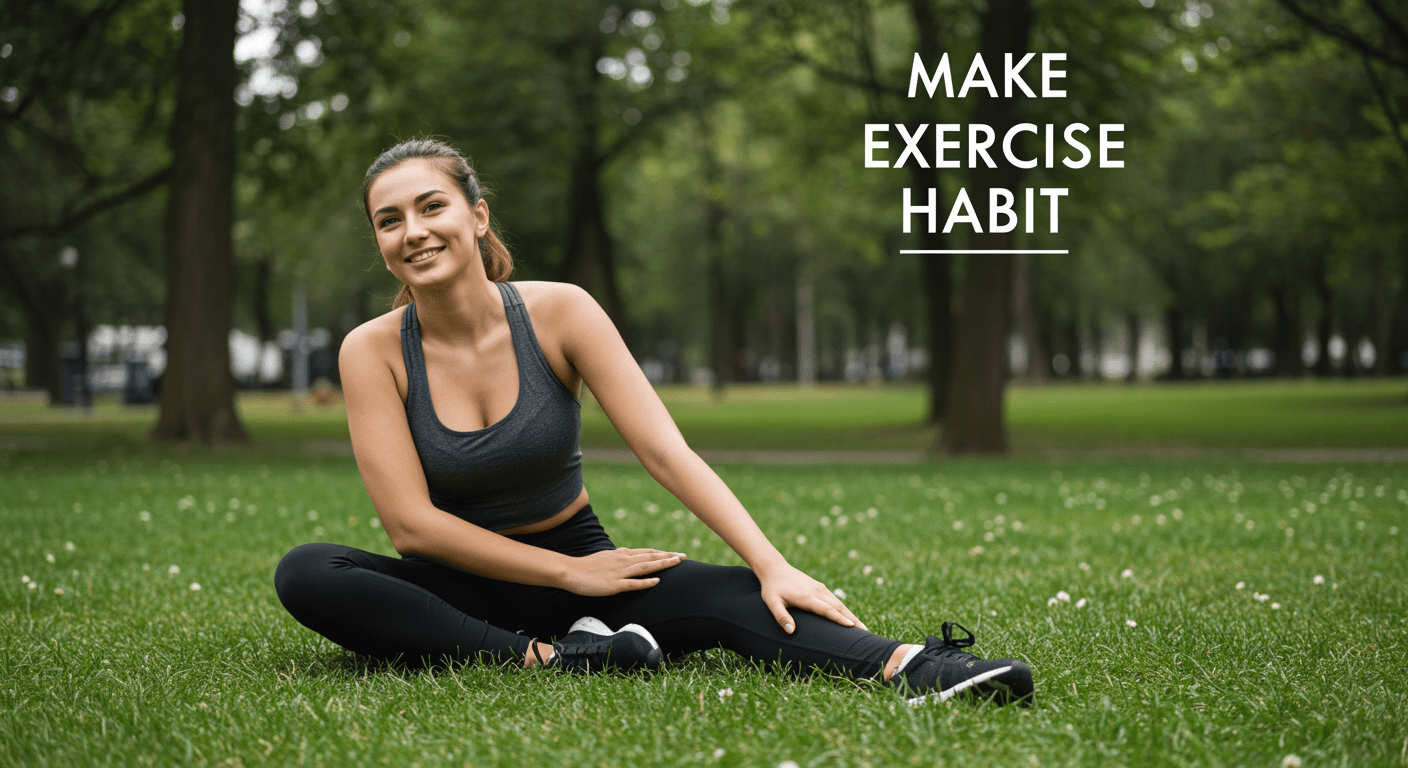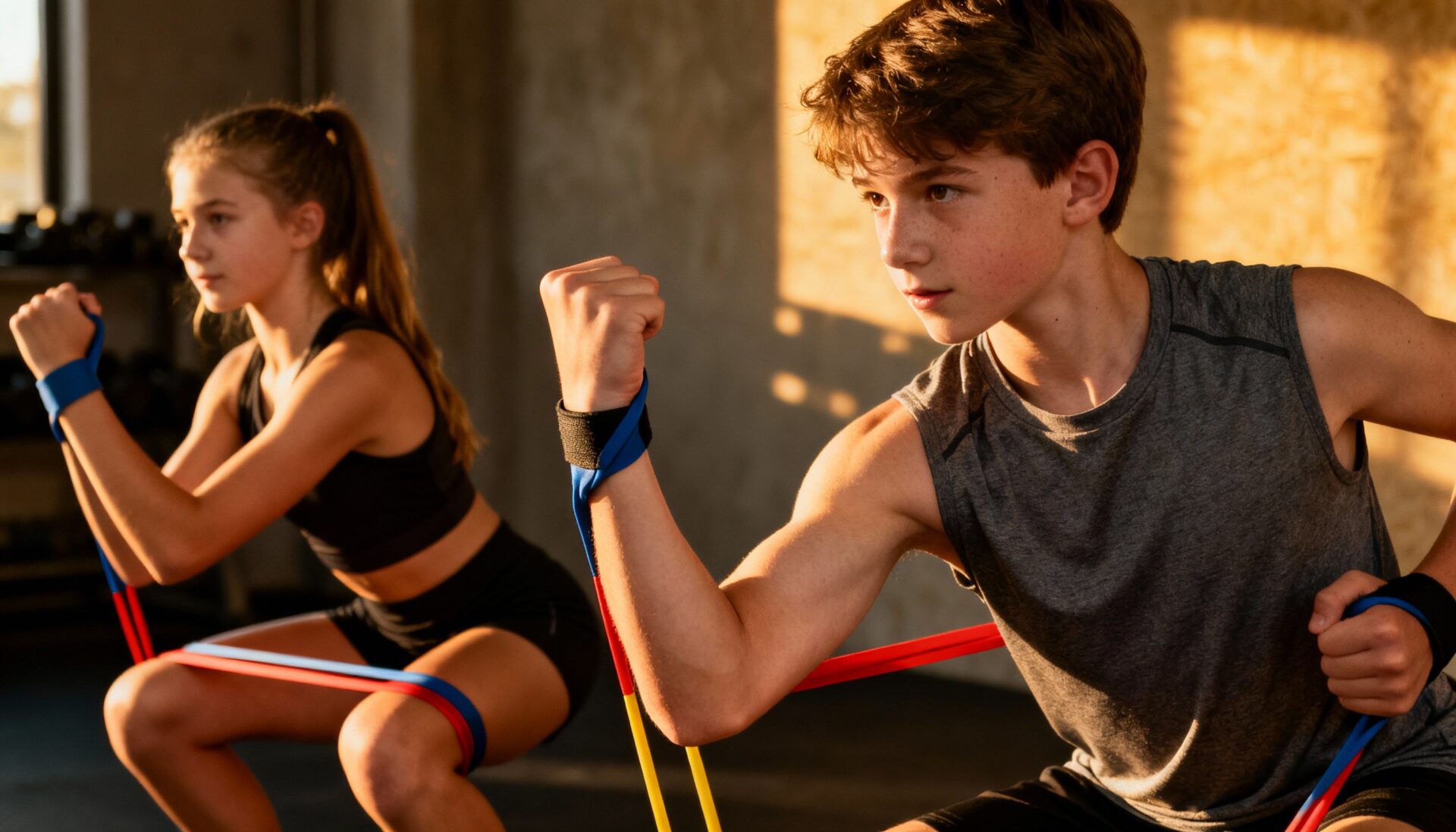Anabolic Cardio – Higher GH with Less time in the Gym
Anabolic Cardio – Enhance the muscle growth process. Think that cardio is catabolic? According to the newest research, cardio in conjunction with resistance exercise can enhance the muscle growth process.
If you look at long distance runners compared to sprinters, the long distance runners have long and stringy muscles whereas sprinters have dense, thick muscle. Both are running, but why such dramatic difference in muscle quality despite both being runners.
The human body has an amazing ability to adapt to its training modality. The same can also be said for velodrome cyclists compared to triathlon athletes. The velodrome cyclists apply maximal amounts of force to pedaling compared to the distance road cyclist. The difference between the two training styles, the intensity is much different.
Sprinters and velodrome cyclist perform high intensity interval training (HIIT) whereas distance runners perform, long, slow duration training. HIIT training has been shown in recent work published in the Journal of Strength and Conditioning Research to actually increase testosterone levels in addition to increasing GLUT4 concentration, additionally increases in muscle size have been documented from HIIT training.
HIIT Increases Anabolic Hormones
Growth hormone acts both directly through its receptor and indirectly through systemic IGF-1 to regulate a variety of tissues. In addition, GH and muscle mass are reduced in tandem with age, which can lead to an inaccurate interpretation that there is a cause-and-effect relationship.
To demonstrate the potent anabolic enhancing actions of HIIT study, take a look at this study.
Researchers had subject’s exercise which consisted of increasing distance (100 m, 200 m, 300 m, 400 m) and decreasing distance (400 m, 300 m, 200 m, 100 m) sprint interval runs on a treadmill (at random order), at a constant work rate of 80% of the personal maximal speed (calculated from the maximal speed of a 100 m run).
During the first interval training the subjects started with a 100-m sprint, 2 minutes’ rest, followed by a 200-m sprint, 3 minutes’ rest, then a 300-m sprint, 4 minutes’ rest, finishing with a 400-m sprint [increasing distance].
The second time the handball players did it in reverse order. They started with a 400-m sprint, 4 minutes’ rest, followed by a 300-m sprint, 3 minutes’ rest, then a 200-m sprint, 2 minutes’ rest, finishing with a 100-m sprint [decreasing distance].
The total rest period between the runs in the different interval sessions were similar. Blood samples were collected before, after each run, and after 1-hour recovery. Both types of sprint interval trainings led to a significant increase in lactate and the anabolic factors growth hormone, insulin-like growth factor-I (IGF-I), and testosterone levels.
The average response was significantly greater for lactate and growth hormone (GH) in the decreasing distance session. Changes in the GH-IGF-I axis and testosterone level suggest exercise-related anabolic adaptations in response to high intensity sprinting.
The decreasing distance interval was associated with a greater metabolic (lactate) and anabolic (GH) response but not with a higher rate of perceived exertion.
This means that shorter duration more intense exercise is the best way to train for optimal anabolic hormone responses. The metabolic demands and the anabolic response to the decreasing distance protocol is significantly greater compared with the increasing distance protocol.
Best Way to Perform Interval Training
A new study published this year suggests that very short rest periods between bouts are the key for making the most out of interval training.
Researchers had cyclists do interval training for about 40 minutes twice a week for ten weeks. They combined the interval training with their regular training.
Half of the cyclists did more or less classical interval training: cycling for 4.5 minutes as fast as they could and then 2.5 minutes cycling gently to recover. They repeated this cycle until the 40 minutes were up. The other half of the cyclists did a more explosive kind of interval training, with shorter cycles: they cycled as fast as they could for 30 seconds and then cycled gently for 15 seconds. They repeated this cycle for 9 minutes and then rested for 3 minutes. Then they started a second series, completing a total of 3 series.
At the end of the study, there were no differences between groups in total volume of both HIT and low-intensity training.
The short rest period group (30 seconds and then cycled gently for 15 seconds) achieved a larger relative improvement in VO2max than the longer rest period group (4.5 minutes as fast as they could and then 2.5 minutes cycling gently to recover). The cyclists who did the short rest period interval training also developed more power and were therefore faster. The longer rest period training on the other hand had little effect in this department.
These results suggest that the present shorter rest interval training protocol induces superior training adaptations on both the high-power region and lower power region of cyclists’ power profile compared with a longer rest period protocol.
So if you want the best gains in cardiovascular and anaerobic power from interval training, keep your rest periods short.
Meckel Y, Nemet D, Bar-Sela S, Radom-Aizik S, Cooper DM, Sagiv M, Eliakim A. Hormonal and inflammatory responses to different types of sprint interval training. J Strength Cond Res. 2011 Aug;25(8):2161-9. Rønnestad BR, Hansen J, Vegge G, Tønnessen E, Slettaløkken G. Short intervals induce superior training adaptations compared with long intervals in cyclists -An effort-matched approach. Scand J Med Sci Sports. 2015 Apr;25(2):143-51. Felsing, NE, Brasel, JA, and Cooper, DM. Effect of low- and high- intensity exercise on circulating growth hormone in men. J Clin Endocrinol Metab 75: 157–162, 1992. Meckel, Y, Eliakim, A, Seraev, M, Zaldivar, F, Cooper, D, Sagiv, M, Nemet, D. The effect of a brief sprint interval exercise on growth factors and inflammatory mediators. J Strength Cond Res 23: 225–230, 2009. Meckel, Y, Grodjinovsky, A, Ben-Sira, D, Rotstein, A, and Sagiv, M. Cardiovascular and metabolic responses to two different sprint training. Inter J Sports Cardiol 6: 9–14, 1997. Nemet, D, Oh, Y, Kim, HS, Hill, MA, and Cooper, DM. The effect of intense exercise on inflammatory cyotkines and growth mediators in adolescent boys. Pediatrics 110: 681–689, 2002. Stokes, K, Nevill, M, Frystyk, J, Lakomy, H, and Hall, G. Human growth hormone response to repeated bouts of sprint exercise with different recovery periods between bouts. J Appl Physiol 99: 254–1261, 2005. Wideman, L, Weltman, JY, Shah, N, Story, S, Veldhuis, JD, and Weltman, A. Effects of gender on exercise-induced growth hormone release. J Appl Physiol 87: 1154–1162, 1999.

